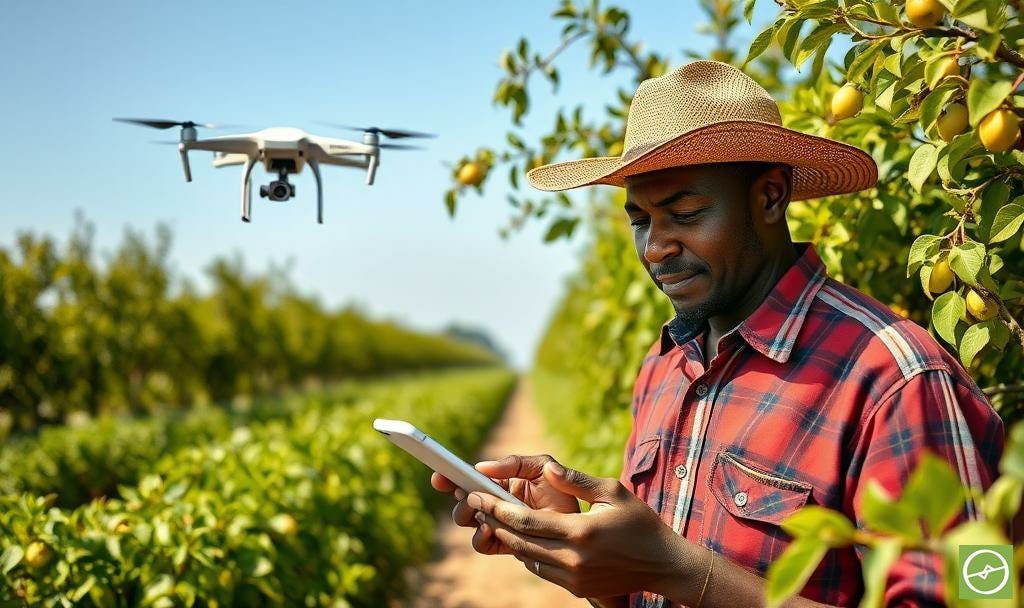Aerobotics in Africa: Practical Tools for Smarter Farming
From the orchard to the export line; why early, accurate data still wins
I was recently interviewed by the team at Geomatics Central about Aerobotics, precision agriculture, and what drone-derived insights mean for farmers across Africa and beyond.
The feature covers why a focused product stack matters, how we pick-up stress early, and where AI-backed fruit sizing supports planning and resilience.
“Instead of relying on gut feel, farmers get objective, orchard-level insights that are updated regularly and backed by data.” - Ken Treloar
What we discussed…
Focus and accuracy.
Aerobotics is built for perennial orchards and vineyards. Citrus. Macadamias. Avocados. Table grapes. Apples and pears. Stonefruit. Etc. That focus improves practicality in the field; and accuracy at scale.Seeing problems early.
Via drone surveys, multispectral indices like NDVI and NDRE help us spot underperforming areas before the eye does. Thermal data strengthens irrigation decisions. We move from reactive to proactive.Sizing and quality in season.
AI-backed fruit sizing reduces guesswork. Harvest timing. Labour. Pack-house planning. Export specs. All better informed.Evidence when it counts.
Drone scans create a verifiable, time-stamped record. That helps with insurance discussions and internal audit trails. (Aerobotics Crop Insurance solutions are US-based only for now; elsewhere, clients use standard outputs to back claims.)Access and adoption.
Training, simple workflows, and scalable pricing matter. Good tech only creates value when people can use it. Partnerships help close the gap.
Why this matters for farmers
Early signals buy you time. Time to adjust irrigation. Time to correct nutrition. Time to target a pest hotspot before it spreads.
And when fruit size forecasts and grade insights are tracking alongside canopy and transpiration data, you can align orchard actions with market needs. Fewer surprises at harvest. More confidence in the numbers.
A note on climate risk
Weather is becoming less predictable. Heat spikes and uneven rainfall impact growth and uniformity. Continuous sizing, coupled with health and water-use layers, shows how fruit is responding in real time. That helps farmers to respond with precision. Less waste. Better pack-outs. Smarter use of inputs.
Key takeaways you can apply this season:
Walk orchards with a digital map that highlights stress. Start where NDRE and thermal trends coincide. Learn more here.
Track fruit size growth curves per block. Use them to plan labour and harvest windows.
Document everything. Each scan builds your evidence base; before and after a weather event.
Invest in training. The best tools still need people who know how to use them well.
If you’d like the full context, the interview and article are here: Aerobotics in Africa: How Drones & AI Are Transforming Farming (with Ken Treloar)
The thinking starts here, but the real change starts when we take action.



